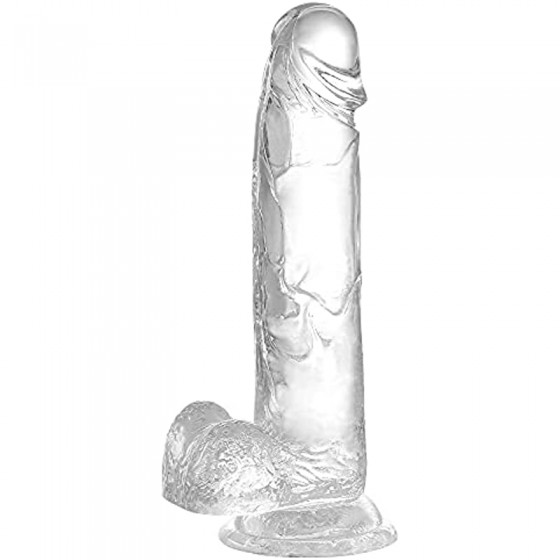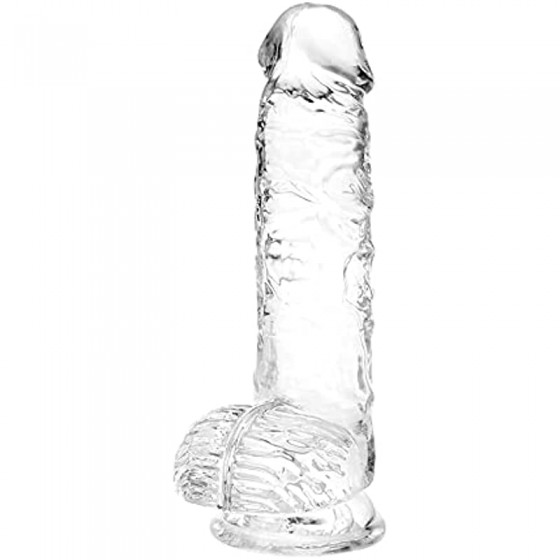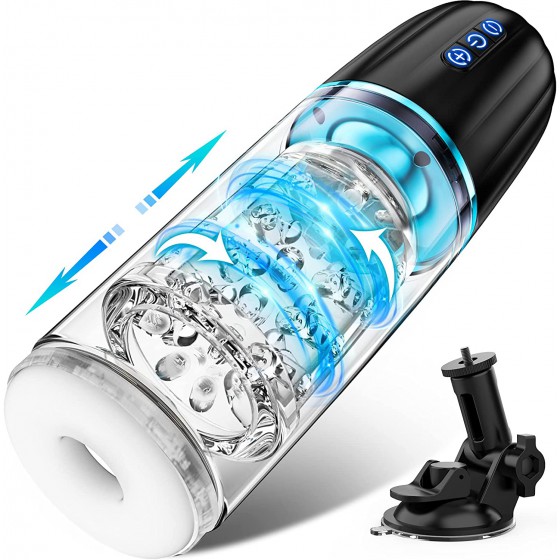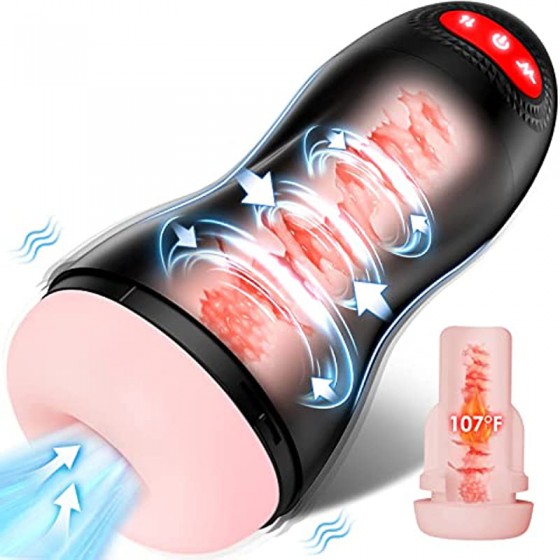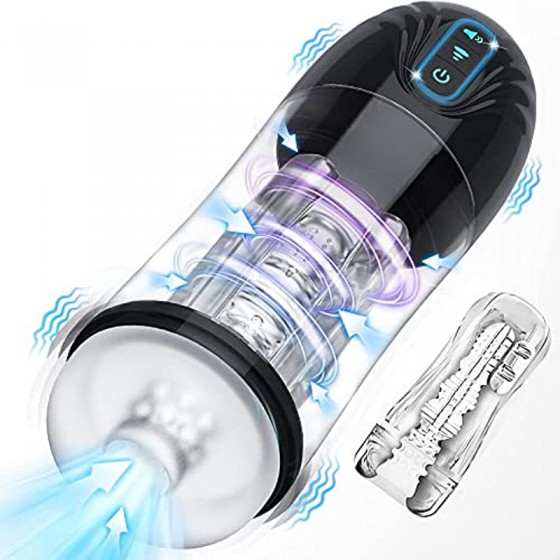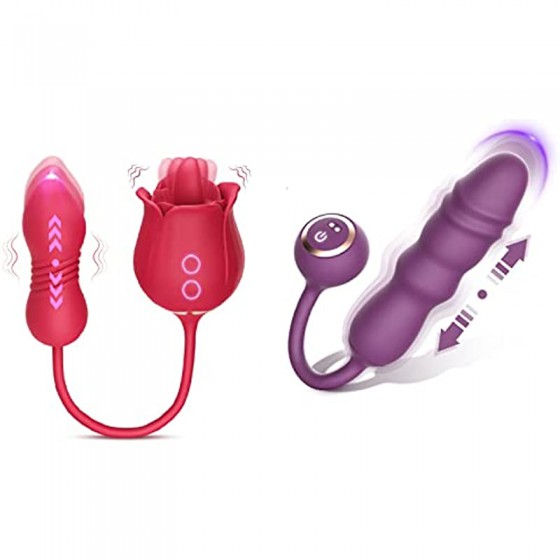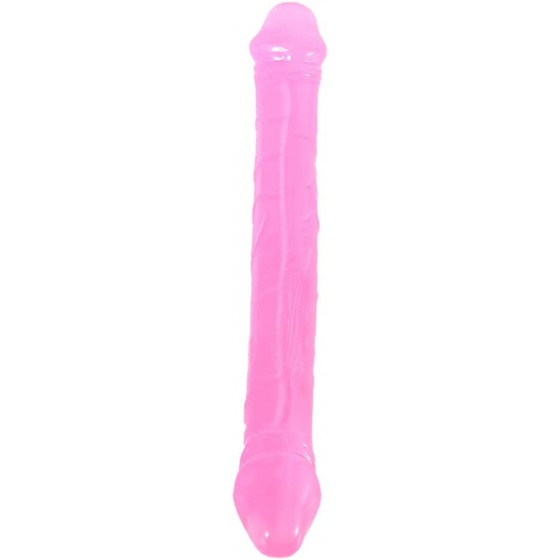How to self-test for breast hyperplasia? How to prevent breast hyperplasia on a daily basis?
Breast hyperplasia is a benign proliferative disease of breast tissue. It is neither inflammation nor tumor, but a disorder of the normal structure of breast tissue. It is a combination of simple breast hyperplasia, breast adenosis, and cystic breast hyperplasia. General term.
How to self-test whether you have breast hyperplasia on a daily basis?
1. Breast pain: It is often distended or tingling, and can affect one or both breasts, with one side being more common. Those with severe pain should not touch it, and it may even affect daily life and work. The pain is mainly at the breast lump, and can also radiate to the armpit, chest or shoulder and back of the affected side; some may manifest as nipple pain or itching. Breast pain often appears or worsens a few days before menstruation, and the pain is significantly relieved or disappears after menstruation; the pain can also fluctuate with mood changes. This kind of pain related to the menstrual cycle and emotional changes is the main feature of the clinical manifestations of breast hyperplasia.
2. Breast lumps: Lumps can occur in unilateral or bilateral breasts, single or multiple, and tend to occur in the upper outer quadrant of the breast, but can also be found in other quadrants. The shapes of tumors include patchy, nodular, cord-like, granular, etc., among which patchy is the most common. The border of the mass is not obvious, the texture is medium or slightly hard, the mass moves well, there is no adhesion to the surrounding tissue, and it is often tender. The lumps vary in size, ranging from the size of millet grains to over 3 to 4 cm in size. Breast lumps also have the characteristic of changing with the menstrual cycle. Before menstruation, the lumps increase and become hard, and after menstruation, the lumps shrink and become softer.
3. Nipple discharge: A few patients may have nipple discharge, which is spontaneous discharge. The discharge can be yellow, yellow-green, colorless, straw yellow or brown serous discharge.
4. Menstrual disorders: Patients with breast hyperplasia may have irregular periods before and after menstruation, which may be small or light in color, and may be accompanied by dysmenorrhea.
5. Changes in mood: Patients often have poor mood or are upset and irritable, which worsens when they are angry, nervous or tired. Some patients may experience symptoms such as dizziness and insomnia.
How to prevent breast hyperplasia?
1. Change your diet to prevent obesity. Eat less fried foods, animal fats, sweets and too many supplementary foods. Eat more vegetables and fruits and more whole grains. Black soybeans are the best. Eat more walnuts, black sesame seeds, black fungus, and mushrooms.
2. Psychological treatment is very important. Breast hyperplasia is more harmful to the human body than psychological damage. Due to the lack of correct understanding of the disease, Chengdu Hospital has undesirable psychological factors, excessive stress, stimulation, worry and sadness, resulting in neurasthenia, which can cause It aggravates endocrine disorders and promotes the aggravation of hyperplasia, so all kinds of bad psychological stimulation should be removed. People with poor psychological tolerance should pay more attention to being less angry, keeping their emotions stable, and having a lively and cheerful mood, which is beneficial to early recovery from hyperplasia.
3. Avoid abortions and encourage mothers to breastfeed more often to nip problems in the bud.
4. Exercise more to prevent obesity and improve immunity.
5. Life should be regular, combine work and rest, and maintain a harmonious sexual life. It can regulate endocrine disorders, keep stool smooth and reduce breast swelling and pain.
How does Chinese medicine treat it?
1. Traditional Chinese medicine prescription: The extract from the dehorned disc of the head of an antler deer is made into an injection. Patients with breast hyperplasia should start taking the medicine 10-15 days before each menstruation, twice a day, 2ml each time by intramuscular injection, until menstruation. The drug is stopped when menstruation occurs, and a total of 2 cycles of injection constitute one course of treatment. Dried or fresh geranium, 30-60g per day, instead of tea. Take kernels from 1 walnut and 1 star anise. Chew and swallow before meals. Use 3 times a day for 1 month to treat mild breast hyperplasia.
2. Breast hyperplasia with phlegm and blood stasis:
Key points of syndrome differentiation: distension and tightness in the chest and hypochondrium, excessive phlegm that is difficult to cough up, poor appetite and abdominal distension, heavy and tired limbs, menstrual disorders, dysmenorrhea or amenorrhea, dark menstruation or blood stasis.
Dietary care: It is advisable to choose products that diuresis, resolve phlegm, activate blood circulation, and disperse stagnation, such as kelp, seaweed, turtle shell, oyster, seaweed, loofah, winter melon, barley, poria, almond, white radish, tangerine peel, aloe vera, Hawthorn, black fungus, onions, roses, brown sugar, rice wine, wine, etc. However, be careful to drink in moderation.
3. Disordered breast hyperplasia:
Key points of syndrome differentiation: disordered menstrual cycle, low amount or short menstruation days or incomplete menstruation, or amenorrhea. Soreness of waist and knees or heel pain. Dizziness and tinnitus. The tongue is pale, the tongue coating is thin and white, and the pulse is thin.
Dietary care: It is advisable to choose products that can nourish the liver and kidneys, such as wolfberry, raw rehmannia, rehmannia glutinosa, yam, mulberry, schisandra, black sesame, milk, pork belly, pork kidney, pork liver, black fungus, shiitake mushrooms, etc.






